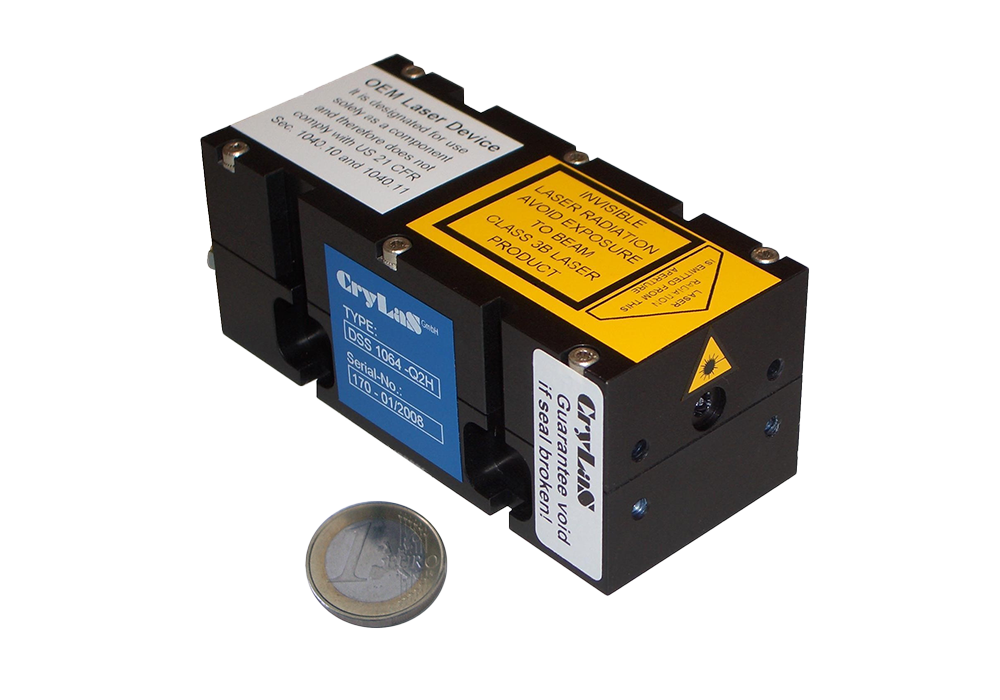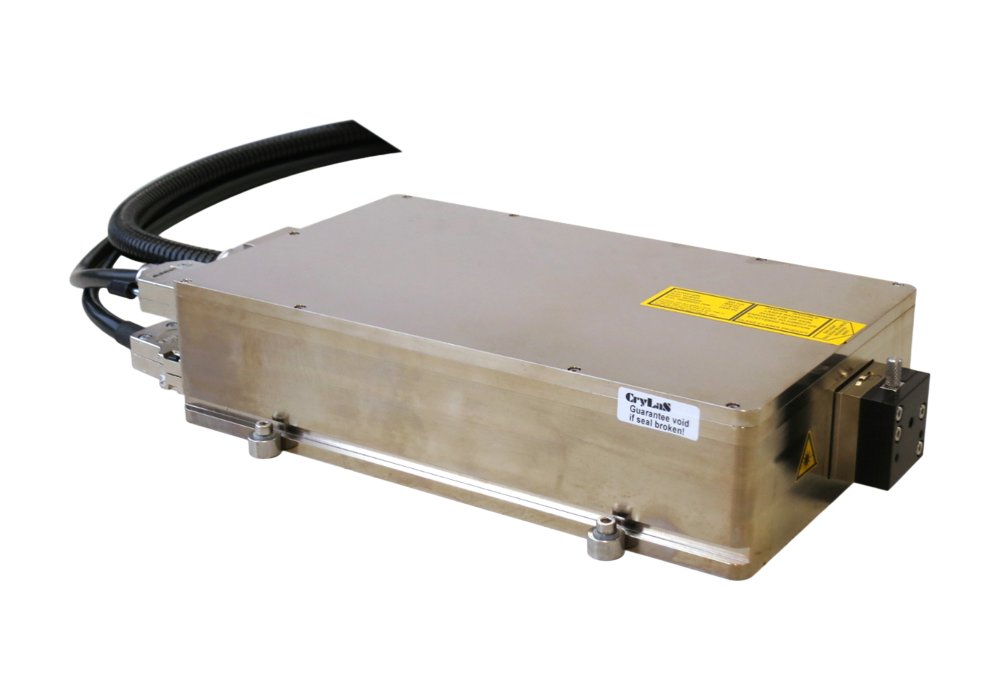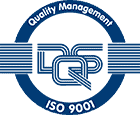Technical data:
| Wavelength | 1064 nm |
| Pulse energy | > 90 μJ @1kHz |
| Peak power | > 60 kW @1kHz |
| Pulse repetition rate | ≤ 1 kHz |
| Pulse width (FWHM) | ≤ 1.5 ns |
| Polarisation orientation and purity | > 100:1 vertical |
| Pulse energy drift over 6h | < ± 5 % |
| Pulse-to-pulse energy stability | < 2% @1kHz |
| Laser class | 3B / IIIb |
| Spatial mode | TEM00 |
| Beam divergence 2Θ | < 4.0 mrad |
| Beam diameter | 650 ± 100 μm |
| Power consumption mean (max) | 22 W (max.80 W) |
| Operating voltage | 12 V DC |
| Line voltage | 90 – 265 V AC |
| Marking | CE |
- RS 232, USB
- External Trigger (TTL, rising edge) single shot (pulse on demand) – max. repetition rate
- Interface for TTL-control and power monitor
| Warm-up time | < 15 min |
| Operating temperature | 18 – 38 °C |
| Laser head size | 217 x 65 x 45 mm |
- Stand-alone system (incl. key-switch, heat-sink and manual shutter; CDRH compliant)
- Synchronization signal output (rise time <2 ns)
- Fiber coupling for fibers with core diameter > 70 μm
- Manual shutter or electrical beam blocker
- External beam expander (e.g. 3x) on request
- Manual or electrical Attenuator
IR laser for industrial and scientific applications with minimal dimensions
The basis of our Q-Laser series is represented in the DSS1064-Q model series. Like all DPSS (diode pumped solid-state) lasers of the CryLaS products based on resonator microchip technology, this laser is passively Q-switched. Due to the missing frequency conversion stages – and thus the missing non-linear optics within the laser – the package of the DSS1064-Q is particularly compact and can still be combined with a wide range of options (such as fiber coupling, attenuator or synchronization module). The diode-pumped microchip, consisting of a resonator (neodymium:YAG) and a saturable absorber (chromium:YAG), is used to generate emission for this type of laser. After being pumped by the built-in 808 nm laser diode, comparatively high-energy pulses with pulse durations in the range of 1 ns are released from the microchip.
Unlike CryLaS lasers at 213 nm, 266 nm, 355 nm, and 532 nm, the Q, MOPA, and High Power lasers at 1064 nm belong to the infrared spectral range (i.e., outside the range visible to humans). Infrared radiation in particular requires a high degree of protective precautions, as the waves penetrate deep into biological tissue.
This model series brings a number of advantages: Due to the missing conversion to other wavelengths follows a high degree of energy throughput of this laser. In addition, infrared radiation is strongly absorbed by metals, making the corresponding lasers ideal for ablation applications on metals. This type of laser is also used in analytics, for example in laser-induced breakdown spectroscopy LIBS. The plasmas created during ionization also release a broad spectrum of ultrasonic waves, which in turn qualifies the laser for acousto-optic applications.
Due to their polyvalence, our lasers are ideally suited for use in industry (OEM) and scientific research. In addition to the 1064 nm fundamental, we are able to produce four other wavelengths from IR to DUV for our pulsed lasers:
- 532 nm
- 355 nm
- 266 nm
- 213 nm
Divided into three product lines, these laser sources are reliable and field-proven devices for a wide range of applications. The differences result from different emission energies, pulse frequencies and pulse durations.
Plug-and-play: CryLaS lasers convince with easy installation in any experimental setup or laboratory instrument. We can help you integrate our lasers from the design of a prototype to the final development of your product. Our nanosecond lasers are characterized by high quality, low service requirements and low operating costs.
The most important aspects at a glance:
- 1 kHz max. repetition rate
- Compact housing and controller
- Output energy 10 up to approx. 100 µJ
- Average output power in the range of 50 mW to 200 mW






